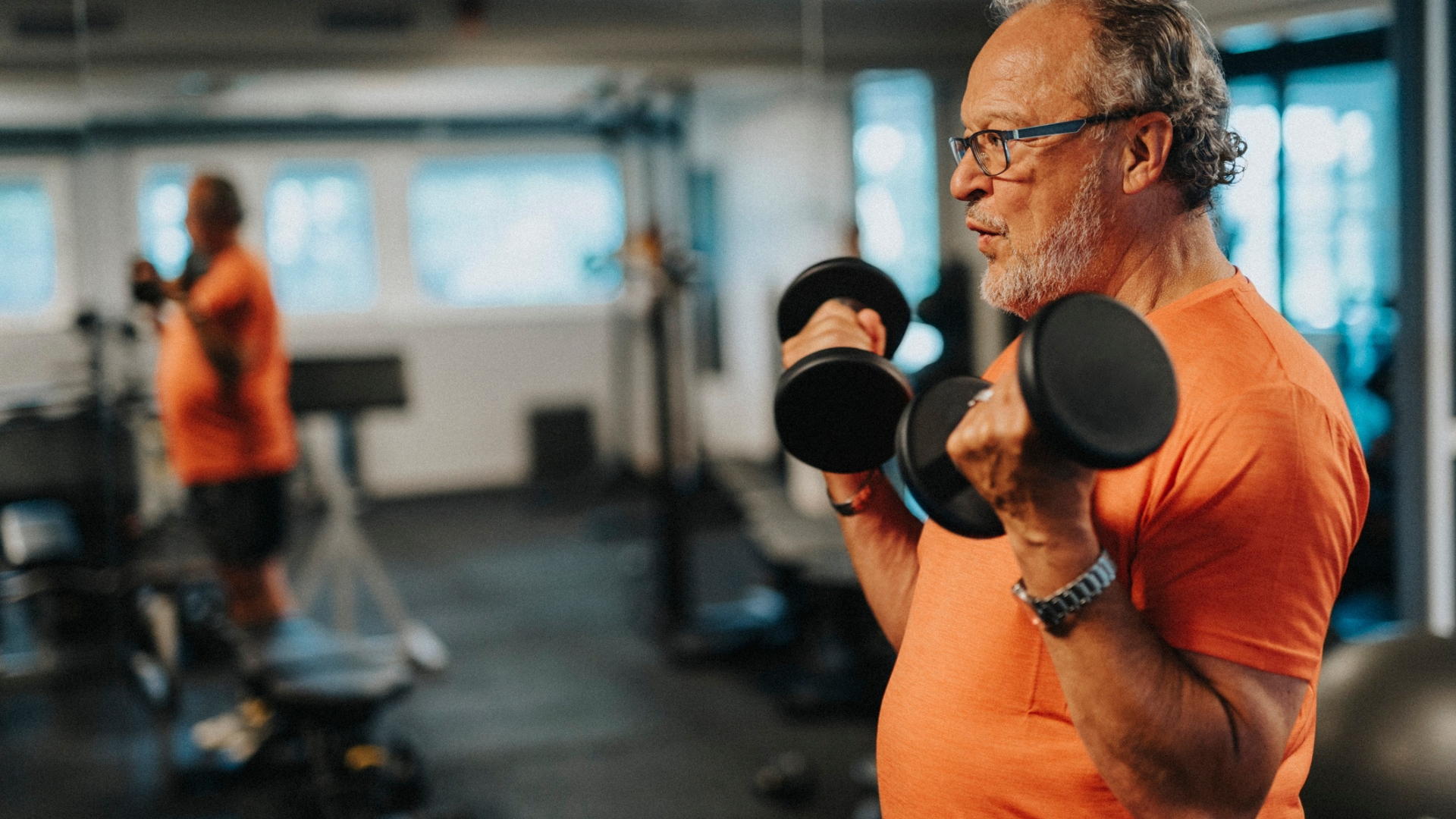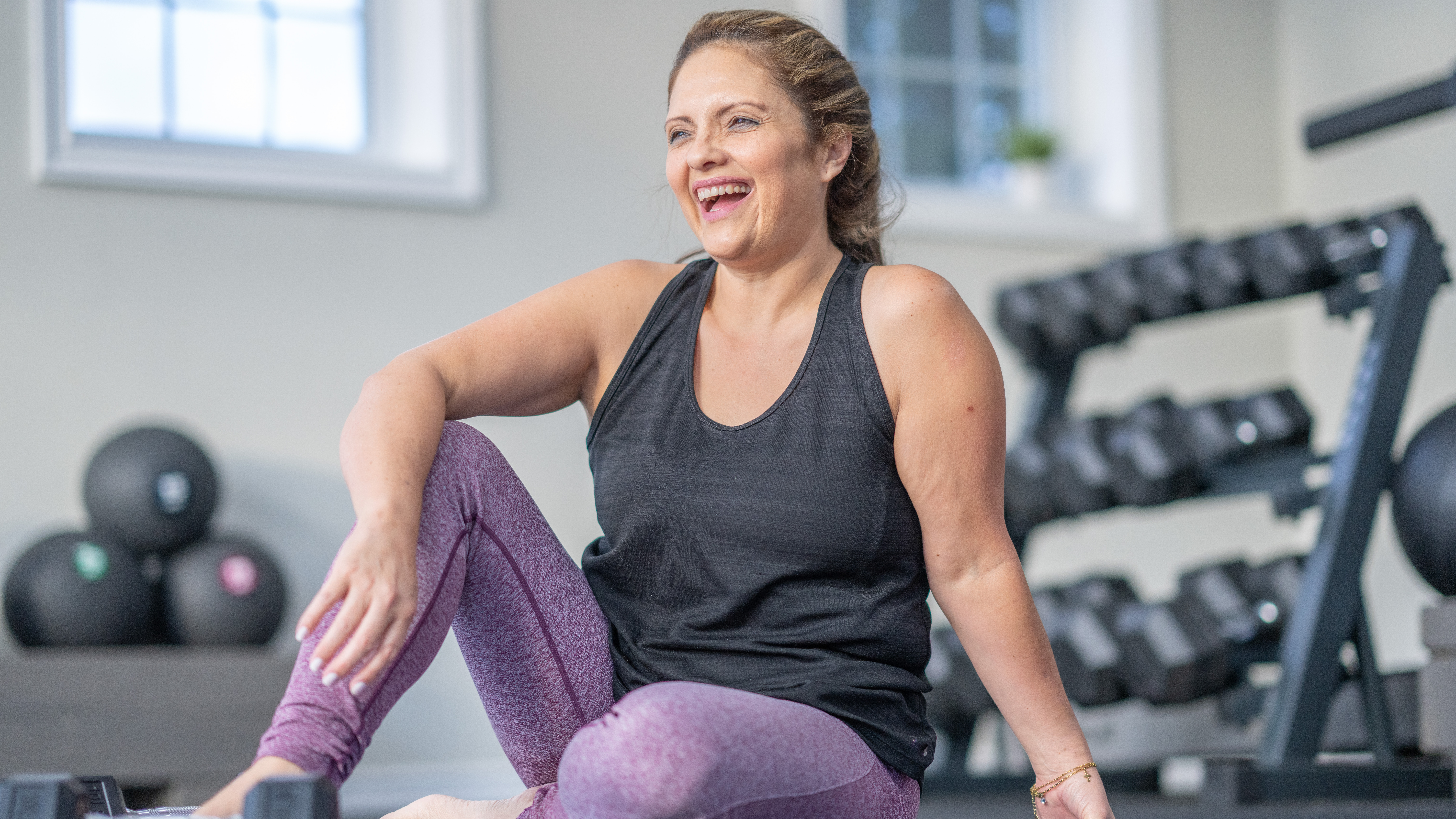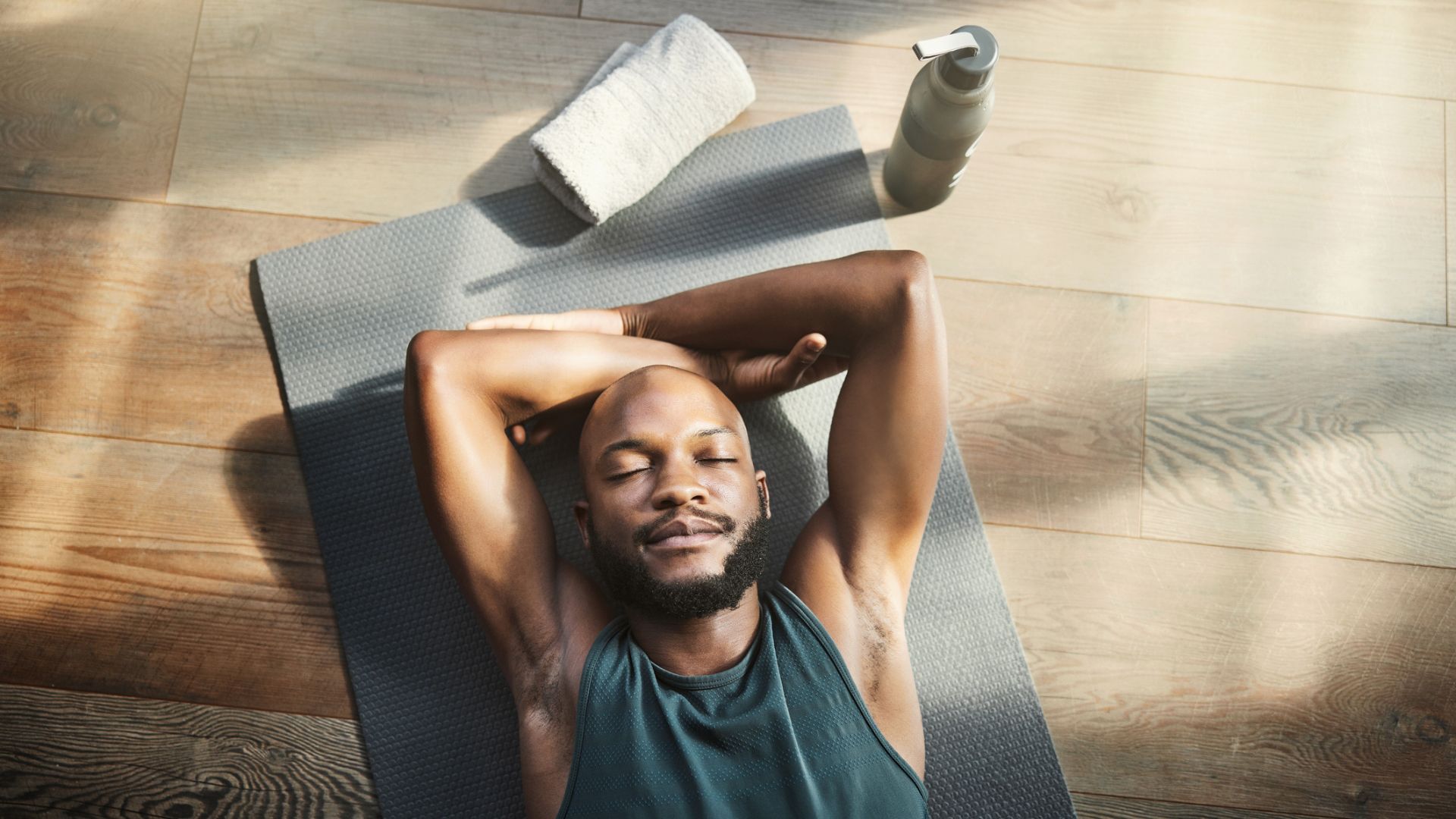A longevity expert says combining brain games with exercise could be the secret to healthy aging—here's how to try it yourself
All you need is your smartphone and some light weights

Combining brain games with short bouts of exercise may provide greater cognitive and physical benefits than performing either in isolation, according to a new study on strategies for healthy aging in older adults.
Published in Psychology of Sport and Exercise, this research is the first to examine the benefits of brain endurance training (BET) on both cognitive and physical performance in older adults. Originally developed for elite athletes, BET combines cognitive training and physical exercise.
The study found that BET can improve attention and executive function, as well as physical endurance and resistance exercise performance, suggesting it could potentially help prevent falls and accidents among older adults when fatigued.
Professor Chris Ring, the study's lead author, believes these results show BET’s potential “for improving healthspan in [older adults]" by reducing the risk of falls and accidents.
Speaking to Fit&Well, Professor Ring noted that BET is easy to incorporate and can be practiced independently or with a trainer. He hopes this combined cognitive and physical training will become part of regular exercise regimes for older adults.
The study used two specific cognitive tasks: the psychomotor vigilance test, which measures sustained attention to visual stimuli and the Stroop color-word interference test, first developed in 1935 to examine patterns of cognitive decline.
"We recommend that people use a battery of cognitive tasks, covering a range of executive function tasks (e.g. Stroop) and non-executive function tasks (e.g. psychomotor vigilance)," says Ring.
Get the Fit&Well Newsletter
Start your week with achievable workout ideas, health tips and wellbeing advice in your inbox.
How to try it yourself
1. Think
Spend 20 minutes on cognitive tasks, including both executive function (e.g. Stroop, try the free EncephalApp Stroop test app) and non-executive function (e.g. psychomotor vigilance, try the free NASA PVT+ iOS app) tasks.
Ring recommends the Soma NPT app by Soma Technologies, although note that membership costs $49 a month.
2. Move
Follow with around 45 minutes of exercise, combining light to moderate resistance and endurance training. In Ring's study this included walking, chair squats and arm curls, but anything that raises your heart rate and engages muscles is suitable.
3. Repeat
Repeat this brain endurance training protocol three times per week for four weeks, then change the tasks and exercise.
"People can adapt to tasks and get bored easily," says Ring. "It is therefore better to use a selection of different cognitive tasks for a training block, say a month or so, and then use another set of tasks for the next training block, and keep updating and changing tasks to keep things fresh and interesting."
"This can help increase motivation to continue with the training, thereby improving compliance and engagement."
What the study found
Brain endurance training has been studied previously with professional footballers, padel players and cyclists. But this study was one of the first attempts to investigate how BET can address cognitive decline in older adults.
Over eight weeks, 24 healthy sedentary women aged 65-78 were assigned to one of three groups: brain endurance training (BET), exercise training only and a control group, who were assigned no cognitive or exercise tasks.
The first two groups completed three 45-minute exercise sessions weekly, which included 20 minutes of resistance exercise with 25 minutes of endurance training. Only the BET group performed a 20-minute cognitive task before each workout.
Participants in all three groups completed cognitive (reaction time and color-matching tests) and physical (walk, chair-stand and arm-curl tests) tests at the start and end of the study.
The BET group showed a 7.8% increase in cognitive performance after exercise, outperforming the exercise-only (4.5% increase) and the control group (0.3% increase).
In physical performance, the BET group improved by 29.9%, compared with 22.4% for the exercise-only group and 7.1% for the control group.

Sam Rider is an experienced freelance journalist, specialising in health, fitness and wellness. He is also a REPS level 3 qualified personal trainer.
-
 "If I could choose just five moves to future-proof my body, these would be it"—A trainer says this longevity workout will help you build lasting strength and mobility
"If I could choose just five moves to future-proof my body, these would be it"—A trainer says this longevity workout will help you build lasting strength and mobilityBy Lou Mudge
-
 I tried four exercises designed to get rid of shoulder knots and I was surprised by the results
I tried four exercises designed to get rid of shoulder knots and I was surprised by the resultsA yoga instructor recommends this routine for reducing tightness in your upper body
By Alice Porter